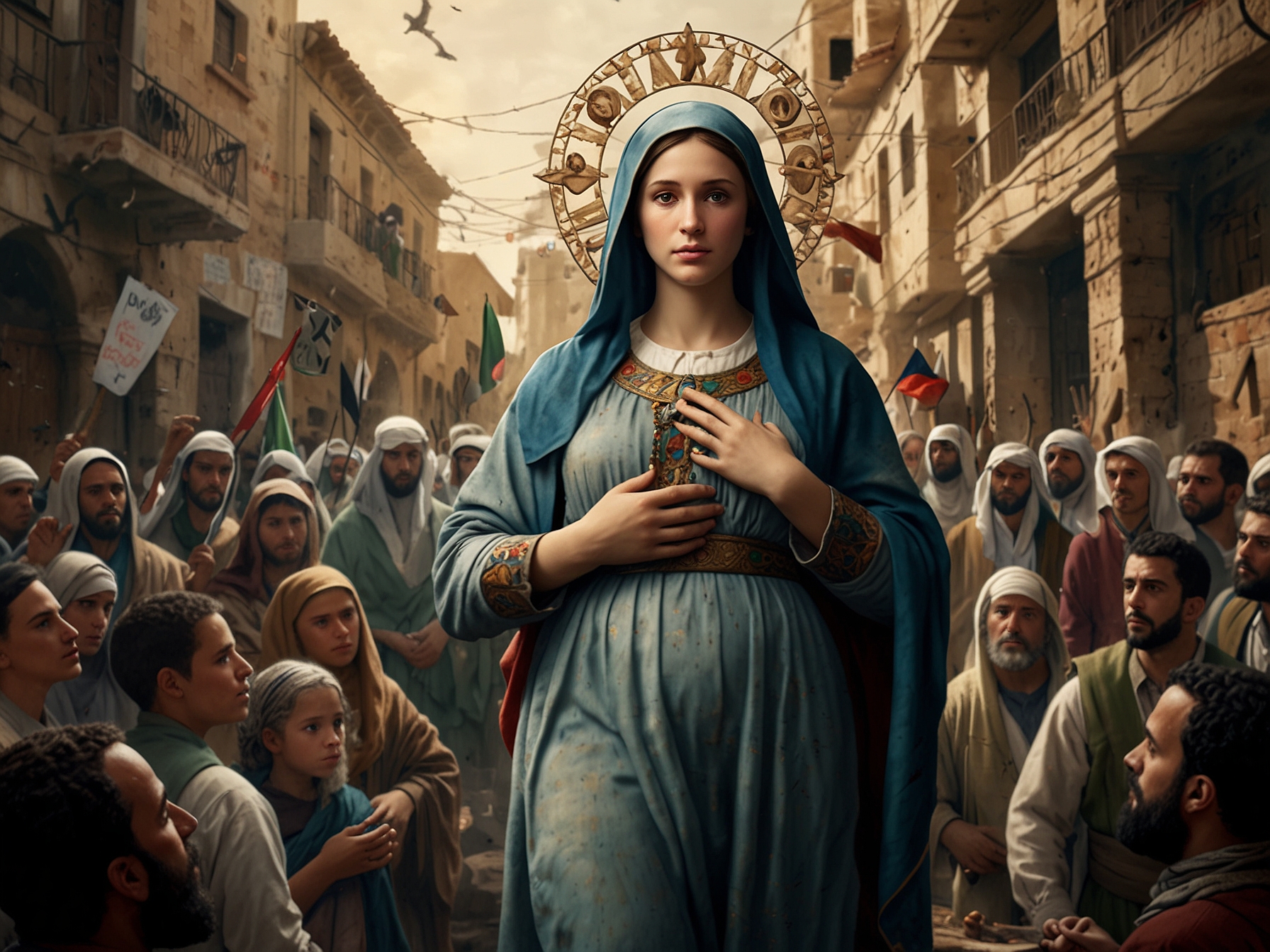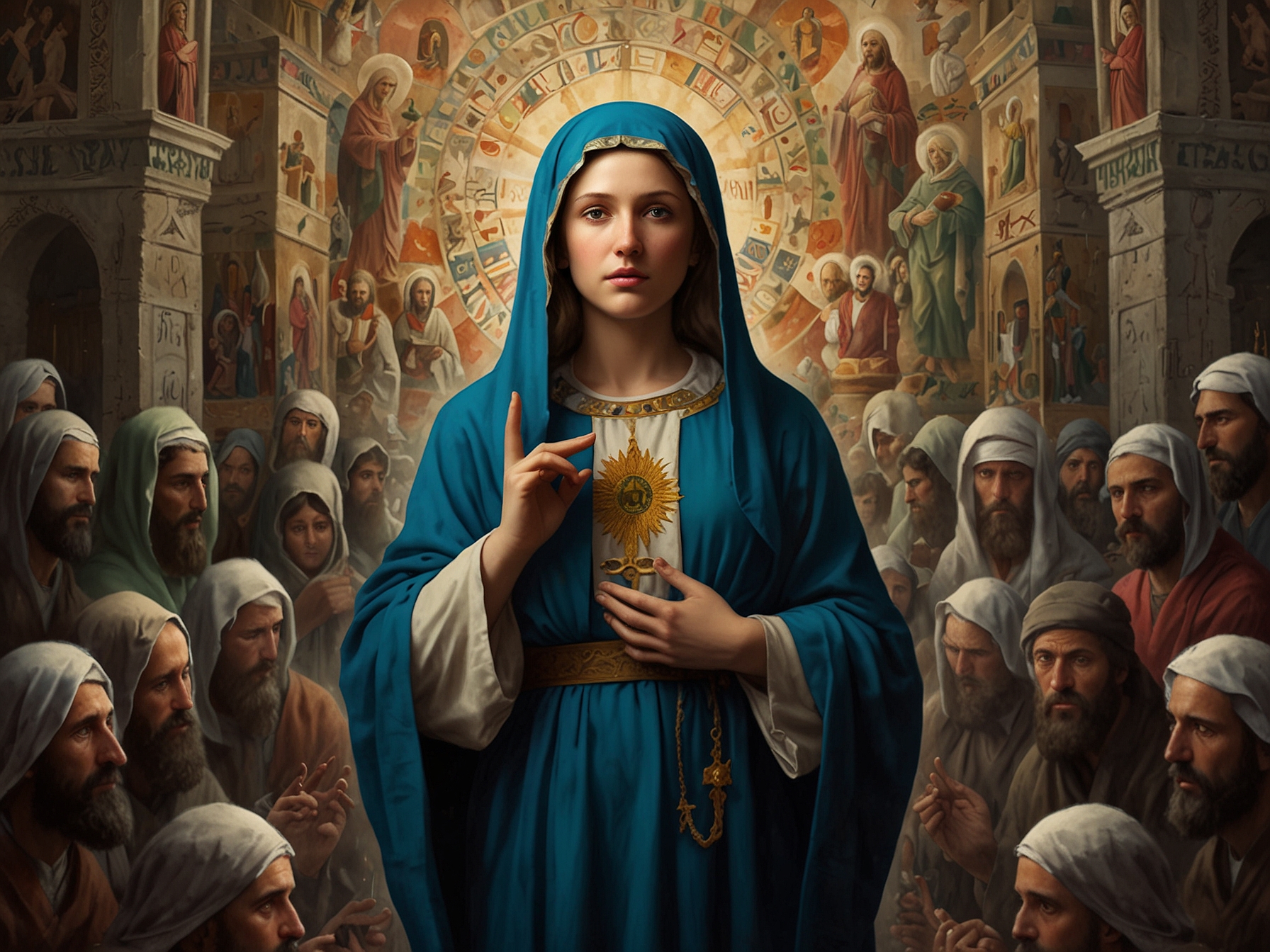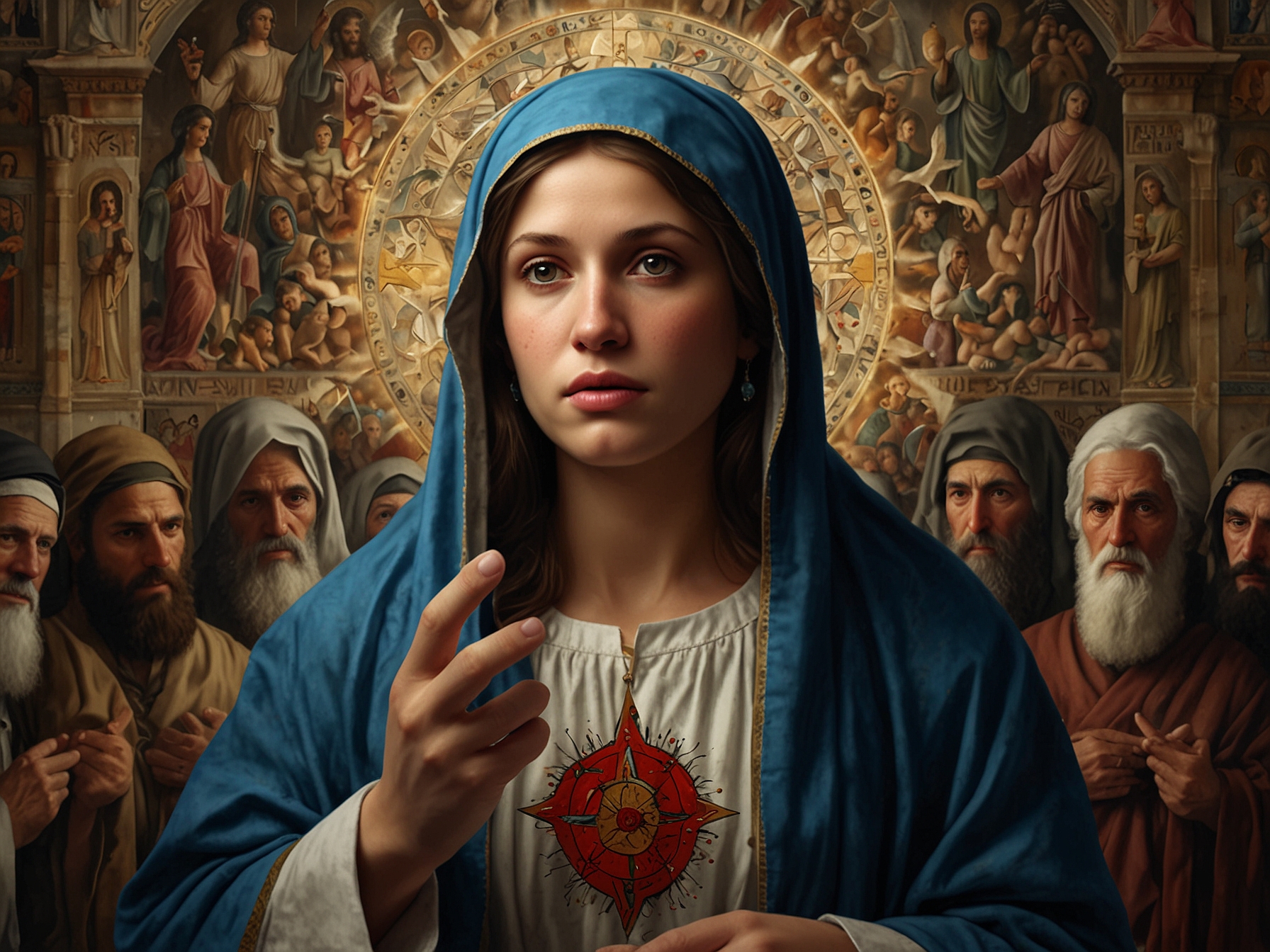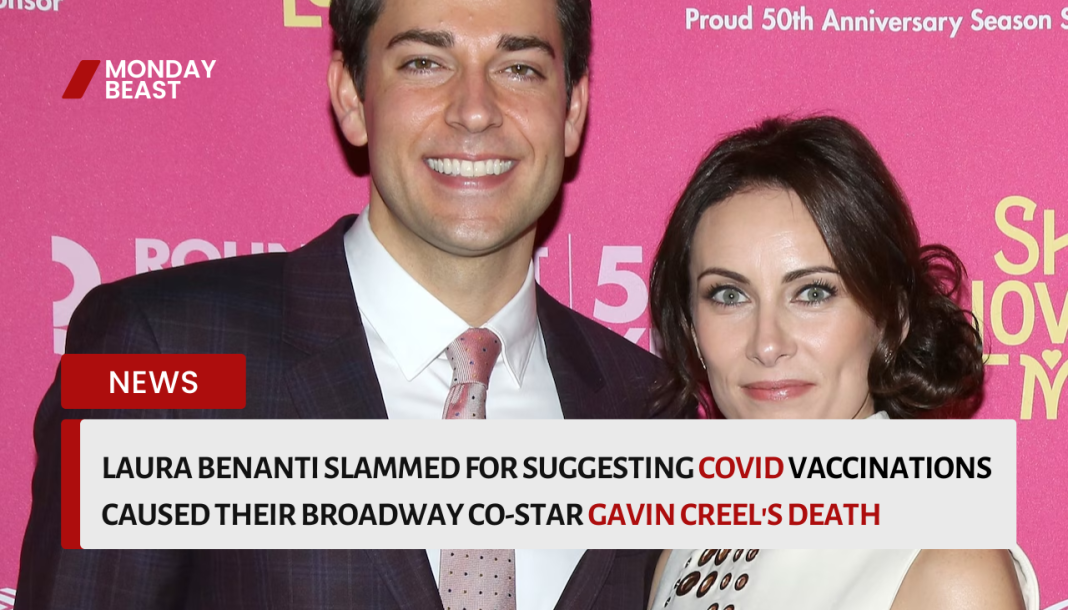Netflix’s new biopic Mary has ignited a storm of controversy. Critics are split, including both Palestinian supporters and conservative Christians. But why is this film generating such anger before even being watched?
Mary, the mother of Jesus, is the focal point of this biopic. The film traces her journey from childhood through motherhood. Viewers witness her struggles and fears, a portrayal aimed at grounding a sacred figure in humanity.

Noa Cohen, a 22-year-old Israeli actress, plays Mary. Her casting has raised eyebrows, particularly in a politically charged atmosphere. It begs a question: can a story about an ancient figure escape modern interpretations of identity?
Many have taken to social media to express their outrage. Comments range from frustration over the casting choice to accusations of cultural appropriation. This discourse reflects deep-seated tensions surrounding narratives of identity and heritage.
Critics assert that the choice to cast an Israeli as Mary is emblematic of larger political issues. Some argue it overlooks the Palestinian narrative. A writer from Muslim Girl frames it as part of a pattern, a way to align Mary’s identity with a Eurocentric perspective.

Conversely, voices from the other side defend casting Cohen. Rod Dreher, a conservative author, argues that to define Mary as Palestinian is historically inaccurate. He insists it defies scriptural truths. This raises yet another question: who has the authority to claim historical truths?
The film also faces challenges from conservative Christians. Their criticisms center around its perceived deviation from Catholic doctrine. The story’s historical accuracy has also come under fire, as details of Mary’s life remain largely scant in religious texts.
Mary’s frequent depictions as a mere symbol are a point of frustration. While she often appears in religious discourse, the deeper exploration into her humanity is rare. Where is the balance between reverence and a fleshed-out narrative?

D.J. Caruso, the film’s director, aimed to depict a real, human Mary. His vision is to portray the weight of her responsibility as mother to Jesus. It’s a call to recognize her as more than just an icon.
Significantly, the film intertwines sacred and secular elements. For instance, the Archangel Gabriel appears whimsically dressed, breaking traditional motifs. This blend of attributes leaves audiences wondering: is this interpretation respectful or irreverent?
In a surprising turn, the film may resonate strongly with younger viewers. Its modern take on age-old narratives could bridge generational gaps in understanding. Will this approach to storytelling inspire a new wave of interest in biblical tales?
Despite ongoing controversies, Netflix has consistently maintained strong performance metrics. Its share prices remain high, and it continues to expand into new markets. Many analysts predict that the outcry surrounding Mary may even boost viewership.
As we consider the implications of Mary’s portrayal, we must ask: what is our responsibility in recounting these tales? Can we embrace diverse interpretations without erasing historical complexities?
In this fraught landscape of identity politics, Mary serves as a case study. It’s about who tells the stories and who gets to participate in them. Through her lens, we glimpse the intertwining narratives of faith, heritage, and culture.




